I was never one to be impressed by graphics. Substance over style, that’s always been my motto when it comes to games; I can appreciate the care and attention that goes into crafting a beautifully rendered landscape, but I’ve never gone out of the way to play games solely because they look good. In the same vein, I’m not the type of person that needs games running at the highest possible graphical quality. If I’m honest, I sometimes struggle to tell the difference between “High” and “Ultra” (It’s a conspiracy theory, they’re the same. Open your eyes, sheeple!). That being said, when I walked away from Nvidia’s RTX demonstration in Cologne yesterday I was left with a lot to ponder such as, “Is this the next big graphical benchmark?” or” “Will ray tracing technology be accessible enough for the average consumer” and perhaps provoking the most thought of all, “I need one now.”
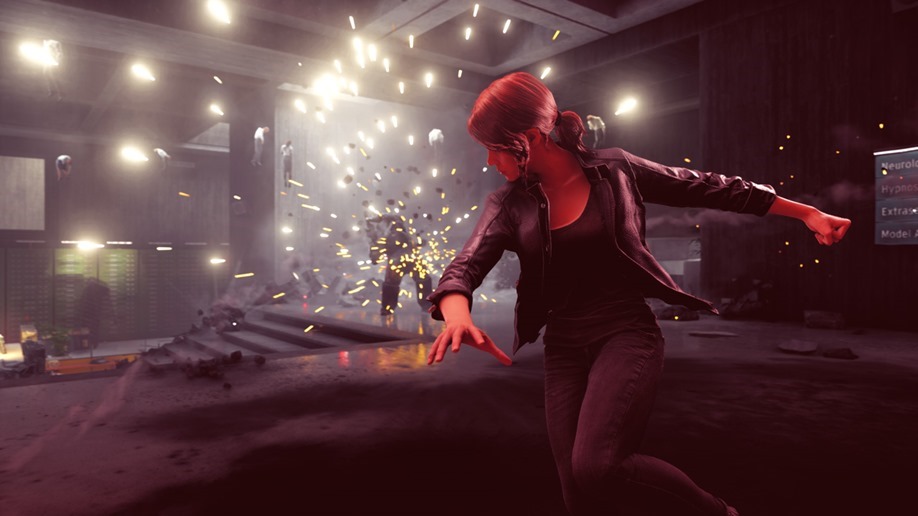
Not really a question, I know. That’s what left me baffled. I was ready to not be impressed by the RTX graphics cards, the ones that support full-on ray tracing technology, a new way for developers to manipulate light so that it looks really…real. I won’t lie and say I understand how it all works other than the ability to place individual shafts of light (although still don’t hold me to that) but what I witnessed yesterday was truly stunning. I played a few games that made use of Nvida’s RTX cards and while some used it to greater effect than others, I was consistently impressed with the way everything looks.
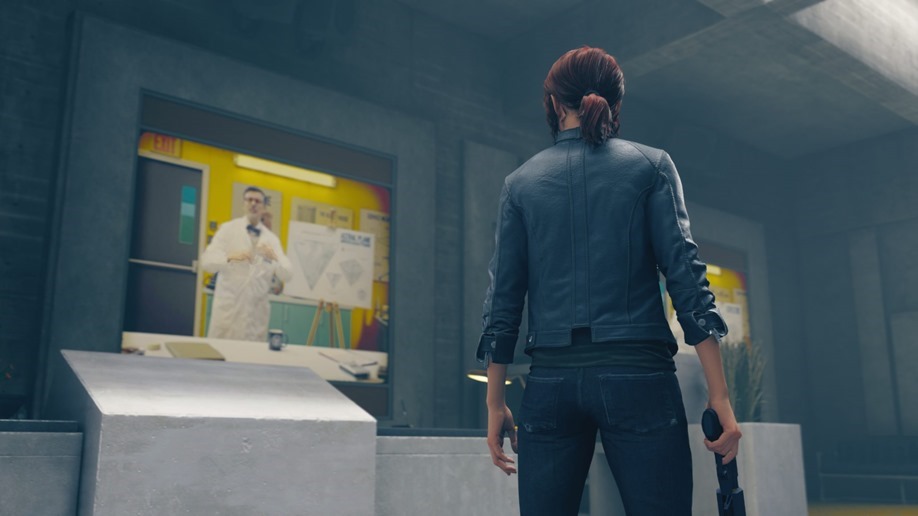
Modern Warfare was crisper and cleaner than I’ve ever seen. While maintaining the same dedication to photo-realism and arcade-style mechanics and gameplay, the environments of models of the game look better than ever. Bullet casings on the floor have individual shadows, the reflections of enemy gunfire bouncing off the barrel of your gun, shadows moving in sync with the flames of burning fire; it’s a visual testament to how ray tracing should be utilised effectively.
Control was another that used RTX – although rather than going along the road of making everything as life-life like as possible, it uses RTX to better to play around with unnatural light. Visual effects that drip from the game’s bizarre and abstract enemies and locations are ghastly to behold, manipulating the light in ways that shouldn’t look so real. Yet they do.
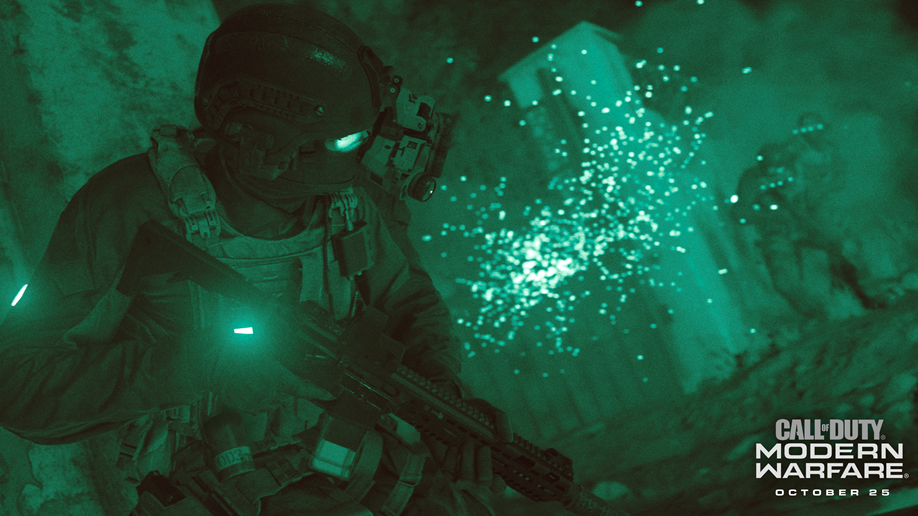
But perhaps the game that truly paid for my ticket aboard the RTX bandwagon was Minecraft. Yeah, I didn’t expect it either. I’ve never really played much of Minecraft yet even I know that the most iconic thing about the game is the signature “blocky” art style that’s been ripped off by dozens of games looking for a quick buck. Despite having seen ray tracing in action just minutes earlier, I was still sceptical, so sitting down to see Minecraft on the RTX capable machine didn’t seem like it was the thing to change me on it, and for a while, it wasn’t.
Then I saw a Pinhole Lens function real-time in the game and I was blown away.
The devs had constructed a room that shows the shape of a heart through a Pinhole Lens which inverted the heart on the other side. Turning RTX off, the refracted light was just a pink smudge on the wall. When I turned it on, I could actually see how the light rays were being reflected into the room. Yep, converted.
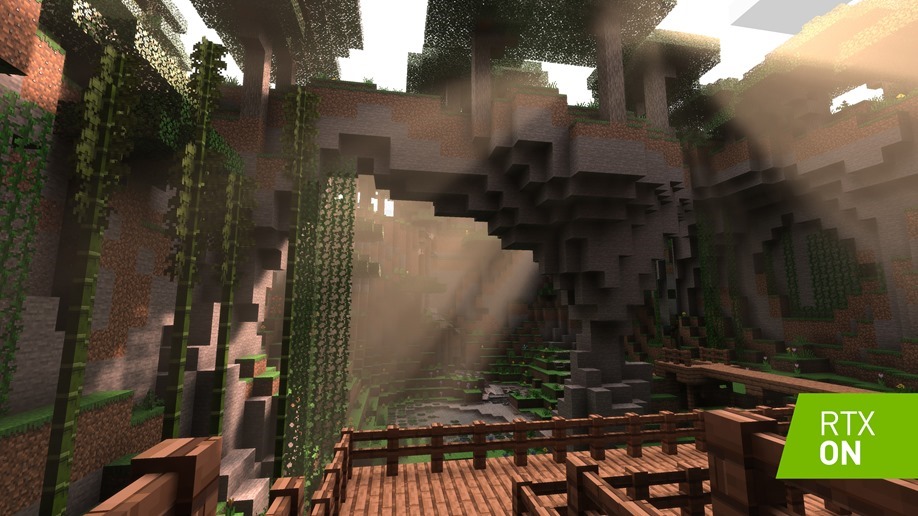
As impressive as this technology is for gaming it also got me thinking about how ray tracing could even be used in the classroom. Demonstrating the refraction and movement of dynamic lights can be done with the equipment in most well-stocked science teachers labs, but from experience, I can say that shining a torch through a plastic prism never really helped me answer the Light Waves part of my physics tests. People could develop entire experiments with ray tracing tech, set up tutorials on YouTube that shows how light in functions in circumstances that may otherwise be incredibly difficult to simulate in real life. There’re opportunities here for something so much bigger than “light move better”.
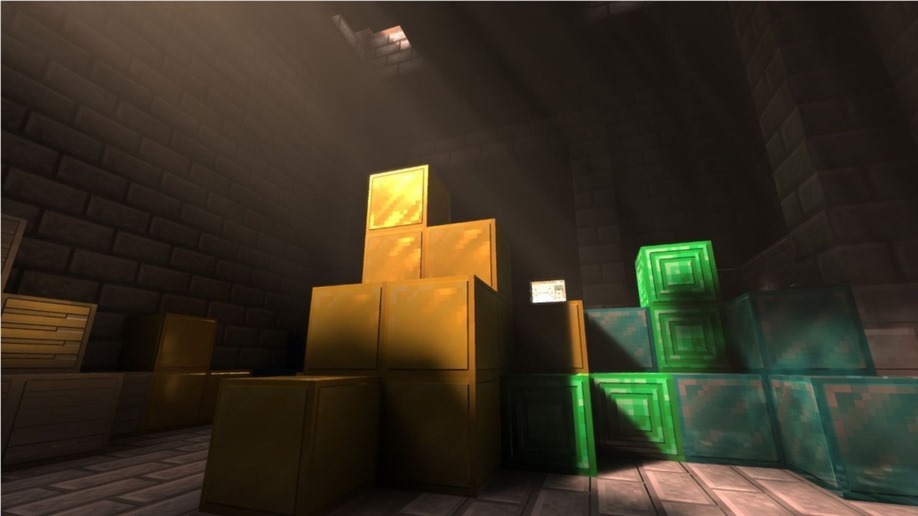
I don’t know. It’s late and I’m tired but I’m still thinking back to how good Minecraft looked. Has anyone ever had that? Being kept up at the thought of Minecraft’s visual quality? I reckon not. All I know is, I walked into that presentation a doubter and came out writing this article.
We’ll have footage of the games I played there up on the Critical Hit YouTube. Go check them out to see some of that glorious ray tracing in action.
Last Updated: August 20, 2019






















Matthew Figueira
August 20, 2019 at 11:05
I want to see it with my own eyes 🙁
Geoffrey Tim
August 20, 2019 at 09:26
Um…Minecraft with RTX on is HAWT.
HairyEwok
August 20, 2019 at 09:42
Poor Sonic Ether is going to go out of business.
Admiral Chief Umbra
August 20, 2019 at 09:42
I wants it
CodeDisQus
August 20, 2019 at 20:40
The biggest improvement (IMO) with ray tracing is that it’s supposed to make games look better AND make the development of games easier. So developers will get the games that look better than before, and not have to dedicate so much time ti do some. hopefully with the extra dev time, they can focus on other aspects, such as gameplay and story. Maybe games won’t be so expensive so we won’t have ridiculous business practices to get that money back. All in all, RT seems to be the tool that devs had been asking for and I for one cannot wait to see what they have in store!